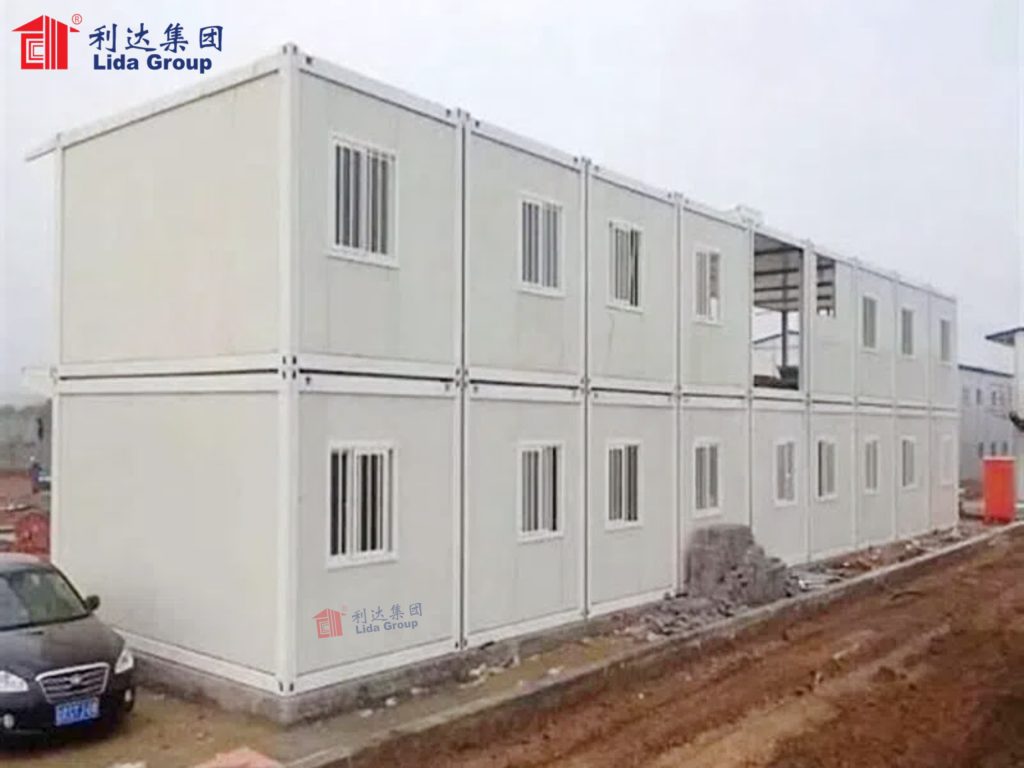## Introduction
The rapid advancement of construction technology has introduced innovative solutions that cater to the evolving needs of various industries. Among these innovations, prefab building techniques have gained significant traction due to their efficiency, cost-effectiveness, and adaptability. One notable application of prefab building is the development of mobile container houses, which have become indispensable in sectors requiring temporary or semi-permanent accommodations. This article explores the integration of prefab building technologies with mobile container houses, focusing on their critical role in providing oil field living houses. We will delve into the unique challenges faced by the oil and gas industry and how the Lida Group has pioneered solutions that meet these demands.
### The Rise of Prefab Building Technology
Prefab building technology represents a paradigm shift in the construction industry, offering streamlined processes and sustainable practices. Unlike traditional construction methods, which often involve extensive on-site work, prefab buildings are manufactured off-site in controlled environments before being transported to their final location. This approach not only accelerates project timelines but also ensures higher quality control and reduces waste. The versatility of prefab buildings allows them to be adapted for various applications, from residential housing to commercial structures and specialized facilities.
One of the most compelling aspects of prefab building technology is its ability to integrate modular components. Modular construction involves assembling pre-fabricated units into larger structures, enabling greater flexibility and customization. For instance, shipping containers can be repurposed as building blocks, transforming them into functional and durable living spaces. The inherent strength and durability of steel containers make them ideal for harsh environments, such as those encountered in oil fields.
## Mobile Container Houses: A Solution for Remote Locations
Mobile container houses represent a specialized subset of prefab buildings designed to address the unique requirements of remote and challenging locations. In industries like oil and gas exploration, where operations often take place far from urban centers, providing suitable accommodations for workers is crucial. Mobile container houses offer a reliable and efficient solution, combining portability, durability, and comfort to create optimal living conditions.
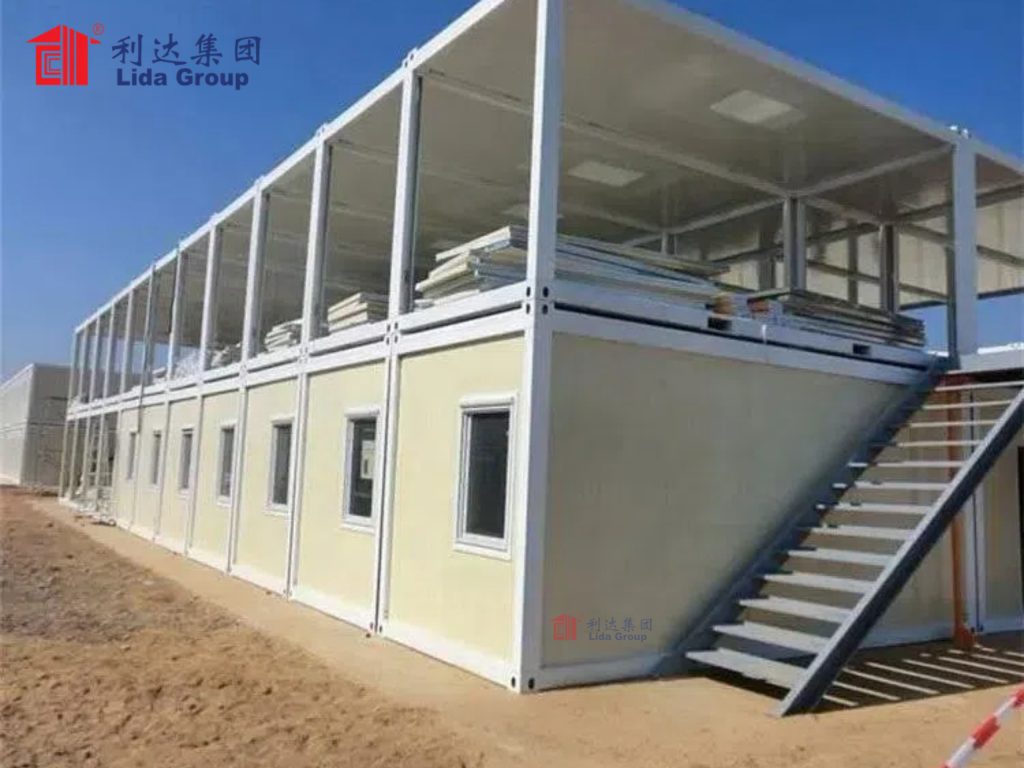
### Portability and Reliability
One of the primary advantages of mobile container houses is their portability. Built on sturdy chassis equipped with wheels and towing hitches, these units can be easily transported by truck or trailer to different locations. This feature is particularly beneficial for oil field projects, where drilling sites may change frequently. Upon arrival at the new location, setup is quick and straightforward, allowing workers to occupy the units almost immediately. The robust construction of mobile container houses ensures they can withstand rough terrain and adverse weather conditions during transit, guaranteeing reliability and longevity.
### Customization and Flexibility
Customization is another key benefit of mobile container houses. Depending on the specific needs of each project, modules can be configured to serve various functions, such as sleeping quarters, dining areas, offices, medical clinics, and recreational spaces. Multiple containers can be stacked vertically or arranged horizontally to create larger complexes, adapting seamlessly to varying site conditions and occupancy levels. Advanced engineering techniques ensure that each module integrates harmoniously into the overall structure, creating cohesive and aesthetically pleasing environments.
For example, in oil fields, mobile container houses can be tailored to accommodate large numbers of workers while maintaining high standards of safety and comfort. Units can be equipped with modern amenities, including private bathrooms, communal kitchens, entertainment areas, and fitness facilities. This level of customization enhances the overall experience for workers, promoting productivity and morale.
### Cost-Effectiveness and Sustainability
Cost considerations play a critical role in deciding between different construction methods. Mobile container houses generally present a more economical option compared to conventional alternatives due to lower material costs and reduced labor expenses associated with their installation. Furthermore, because these structures are reusable and relocatable, companies can redeploy them across multiple locations without incurring additional fabrication costs. Over time, this leads to substantial savings and improved return on investment.
Moreover, the inherent modularity of container houses allows for phased development, enabling clients to expand or contract their facilities as needed. This flexibility reduces the need for costly renovations or demolitions, further enhancing long-term financial viability. Additionally, many mobile container houses incorporate sustainable design elements, such as solar panels, water recycling systems, and energy-efficient appliances. These features promote environmental responsibility and reduce the ecological footprint associated with remote operations.
Oil Field Living Houses: Meeting Industry Demands
In the oil and gas industry, providing adequate living accommodations for workers is essential for maintaining operational efficiency and worker wellbeing. Oil field living houses must meet stringent safety standards, offer comfortable living conditions, and adapt to the dynamic nature of extraction activities. Mobile container houses have emerged as an ideal solution, addressing these challenges while delivering cost-effective and sustainable benefits.
### Safety and Comfort
Safety remains paramount in any workplace setting, especially in hazardous environments like oil fields. Modern mobile container houses incorporate advanced insulation materials and fire-resistant coatings to ensure occupant safety even under extreme weather conditions. Manufacturers like the Lida Group adhere strictly to international building codes and standards, guaranteeing high-quality products that prioritize occupant wellbeing.
Comfort is equally important for fostering a positive living environment. Contemporary designs feature spacious interiors, ample natural lighting, and efficient ventilation systems, creating pleasant atmospheres conducive to rest and relaxation. Amenities such as private bathrooms, communal kitchens, and entertainment areas further enhance the overall experience, making long-term stays more enjoyable. By prioritizing both safety and comfort, oil field living houses contribute to higher worker satisfaction and productivity.
### Scalability and Adaptability
Scalability is a critical consideration in oil field living houses. Units can be stacked vertically or arranged horizontally to create larger complexes, accommodating varying numbers of occupants. Interconnected pathways and shared amenities facilitate social interaction and community building among residents. Furthermore, the versatility of container modules enables them to be adapted for diverse purposes beyond just housing, such as medical clinics, classrooms, retail spaces, and command centers.
In emergency situations, such as natural disasters or humanitarian crises, mobile container housing provides rapid response capabilities. Pre-fabricated units can be deployed swiftly to affected areas, offering safe and comfortable shelter for displaced populations. Lida Group’s expertise in this area has been instrumental in delivering effective solutions for disaster recovery and aid distribution.

### Enhanced Productivity and Morale
Providing high-quality living accommodations for oil field workers can significantly enhance productivity and morale. Comfortable and well-equipped living spaces reduce stress and fatigue, leading to better performance on the job. Moreover, access to amenities and recreational facilities fosters a sense of community and camaraderie among workers, improving overall job satisfaction. Companies that invest in superior living conditions demonstrate their commitment to employee welfare, which can translate into lower turnover rates and higher retention levels.
## Case Study: Lida Group’s Leadership in Container Housing Solutions
The Lida Group has emerged as a leader in developing cutting-edge container house solutions, setting new standards for quality, innovation, and sustainability. With years of experience in prefabricated construction, this company continues to push boundaries, delivering products that exceed customer expectations.
### Cutting-Edge Design and Engineering
Lida Group leverages state-of-the-art technology and engineering principles to craft unique container house models that combine functionality with aesthetics. Their R&D team continuously explores new ways to optimize space utilization, integrate smart home features, and improve structural integrity. For example, advanced ventilation systems and thermal insulation materials enhance energy efficiency, while solar panels and water recycling technologies promote environmental sustainability.
Innovative design elements include foldable extensions, sliding walls, and multi-level layouts, maximizing interior space and adaptability. Attention to detail extends to exterior finishes, incorporating weatherproof coatings and anti-corrosion treatments to prolong the lifespan of each unit. Overall, Lida Group’s commitment to excellence results in high-performance container houses that meet rigorous international building codes and standards.
### Comprehensive Support Services
Beyond supplying top-tier products, Lida Group offers comprehensive support services covering every aspect of the procurement process—from initial consultation to post-delivery maintenance. Professional consultants assist customers in selecting appropriate configurations based on project specifications and budget constraints. During implementation, skilled technicians oversee installation procedures to ensure seamless integration into existing infrastructure.
Afterward, dedicated after-sales teams remain available to address any concerns promptly, guaranteeing client satisfaction at all times. Regular inspections and preventive maintenance programs help maintain optimal performance and extend the service life of container houses. By providing end-to-end solutions, Lida Group establishes long-term partnerships built on trust and reliability.
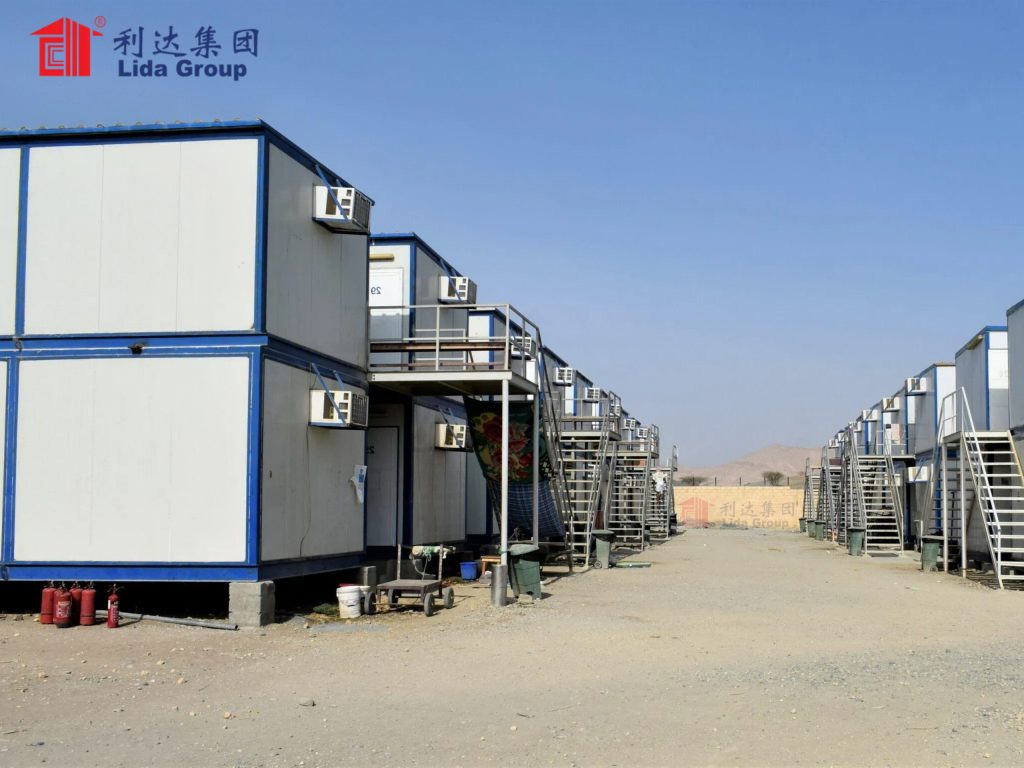
### Commitment to Quality and Compliance
Adherence to stringent quality control measures and compliance with global regulatory frameworks sets Lida Group apart from competitors. Each container house undergoes rigorous testing to verify its performance against extreme temperatures, seismic activity, and other potential hazards. Certifications obtained from recognized authorities validate the reliability and safety of their offerings, giving buyers peace of mind knowing they invest in trustworthy solutions.
Furthermore, Lida Group prioritizes environmental responsibility through sustainable practices throughout the production cycle. From sourcing recycled materials to minimizing waste generation, they strive to reduce the ecological footprint associated with container house manufacturing. This holistic approach aligns with broader industry trends toward greener building methods and contributes positively to corporate social responsibility initiatives.
## Challenges and Future Prospects
While mobile container houses offer numerous advantages, there are also challenges to consider. Public perception remains a hurdle, with some individuals viewing container homes as unconventional or less desirable compared to traditional dwellings. Addressing these misconceptions requires education and awareness campaigns highlighting the benefits of container-based architecture.
Another challenge lies in navigating local regulations and zoning laws, which vary widely between jurisdictions. Advocacy efforts aimed at updating outdated policies can help facilitate wider adoption of container houses in residential and commercial settings. Collaboration between stakeholders, including government agencies, industry associations, and community organizations, will be essential in overcoming barriers and fostering supportive environments for innovation.
Looking ahead, the future of mobile container houses appears promising. Continued advancements in materials science, construction techniques, and smart technologies promise to enhance the capabilities and attractiveness of these structures. Increased emphasis on sustainability and resource conservation will drive further interest in container-based solutions, particularly in contexts where rapid deployment and adaptability are critical.
Additionally, emerging trends such as micro-living, co-housing, and nomadic lifestyles present opportunities for expanding the application of container houses beyond traditional boundaries. As society evolves, so too will the demand for flexible, efficient, and environmentally friendly housing options—areas where container houses excel.
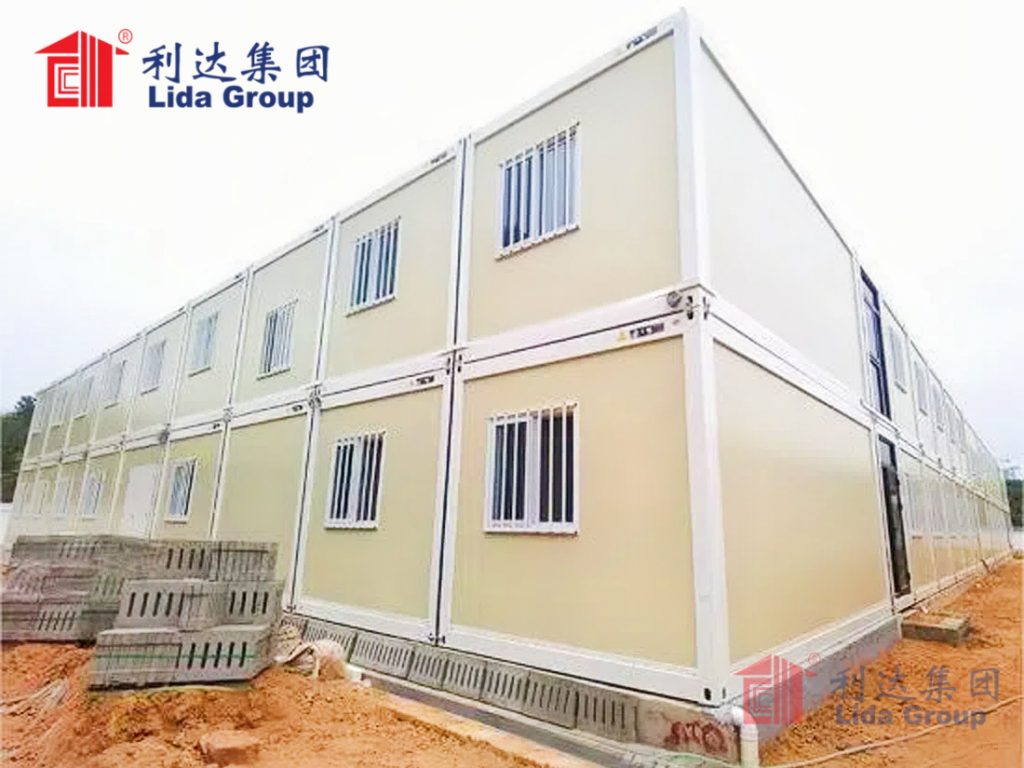
## Conclusion
In conclusion, prefab building technology, exemplified by mobile container houses, represents a transformative approach to addressing accommodation challenges faced by industries relying on mobile workforces. Through partnerships with forward-thinking companies like the Lida Group, organizations can now provide superior living conditions for employees working remotely while promoting environmental responsibility and economic viability. The Lida Group’s commitment to innovation, quality, and sustainability has not only set new standards within the industry but also demonstrated the potential of container-based solutions in diverse applications.
As demand continues to grow, we can expect further advancements in this field, driving innovation and setting new benchmarks for excellence within the construction sector. The future of prefab container houses looks promising, with ongoing developments in materials science, construction techniques, and smart technologies that promise to enhance the capabilities and attractiveness of these structures. Increased emphasis on sustainability and resource conservation will continue to fuel interest in container-based solutions, particularly in contexts where rapid deployment and adaptability are critical.
Moreover, emerging trends such as micro-living, co-housing, and nomadic lifestyles present new opportunities for expanding the application of container houses beyond traditional boundaries. These trends reflect evolving societal needs and preferences, highlighting the versatility and adaptability of prefab container houses in meeting diverse housing demands. As society continues to embrace more flexible and sustainable living options, the role of prefab container houses is likely to expand, offering innovative solutions for both residential and commercial sectors.
In summary, the rise of prefab container houses marks a significant shift in modern construction practices, offering a balance between functionality, affordability, and environmental stewardship. The Lida Group’s leadership in this domain exemplifies the potential for container-based architecture to revolutionize the way we think about housing. By continuing to innovate and adapt to changing needs, the Lida Group and other pioneers in this field will play a crucial role in shaping the future of sustainable and efficient living spaces.
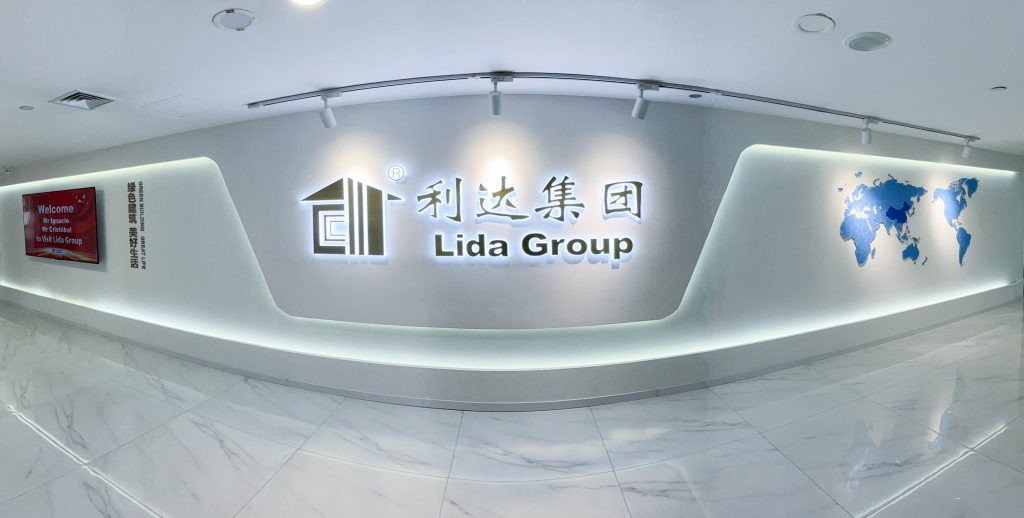
Related news
-
Prefab Container House: A Comprehensive Guide to Mobile Container Housing by Lida Group
2025-01-20 17:28:58
-
Efficiency in Design: Lida Group's Container Modular Homes Lead the Way
2025-01-14 17:36:02
-
Sustainable Housing Innovations: Lida Group's Container Modular Homes Shine
2025-01-15 11:09:30
contact us
- Tel: +86-532-88966982
- Whatsapp: +86-13793209022
- E-mail: sales@lidajituan.com


